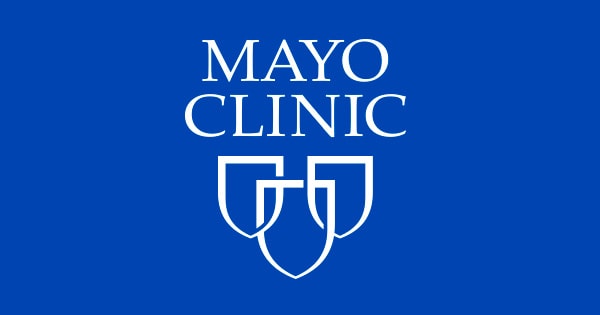That's debatable and an absolute inverse when outdoors.
Right now with the heat is getting more and more people indoors in cooler environments with lower humidity values is the perfect mixture to spread the virus.
Dreday3, I will share here with you a comment I made on reddit about this very such thing from May of 2020 so a brief warning, I have not seen any new papers, so there is a likely chance that the numbers can be off and or are incorrect. I have also amended this as well to replace the context of which it was posted, where I was rebutting someone from Scripps Institution of Oceanography.
Beyond coastal areas and into to generally breezy areas such as valleys, Katabatic winds (downslope) are usually warm dry air whereas onshore breezes are also warm but have a higher absolute humidity. However, if we were to look at the geographic nature of California, the Santa Ana winds (which are Katabatic winds) as long as they are over 9.2mph (15 km/h) and opposing the direction of the ocean, then the onshore breeze is not likely to develop and you would then have an offshore wind with lower humidity.
Onshore winds is that it does increase the landmass' humidity (areas like Central Florida see this as they are a natural convergence zone when the breezes of the Atlantic Ocean and the Gulf of Mexico meet which causes a sea breeze front that triggers the thunderstorms and rain daily). There is so far to my knowledge a hand full of studies that have been done that looks at the relationship of Weather and COVID-19.
The first one based out of Boston, MA that looks at the relationship of
COVID-19 and absolute humidity. While preliminary, they have concluded "that changes in weather alone (i.e., increase of temperature and humidity as spring and summer months arrive in the North Hemisphere) will not necessarily lead to declines in case counts without the implementation of extensive public health interventions." Basically, that they can't rule out anything proper as they found no significant difference in transmission rates between cold and dry areas vs that of tropical ones.
The Second one is based out of China and was posted the day after also looks at the
meteorological conditions and prediction of epidemic trends of COVID-19. The study found that " the suitable temperature range for 2019-nCoV survival is (13- 24 °C), among which 19°C lasting about 60 days is conducive to the spread between the vector and humans; the humidity range is 50%-80%, of which about 75% humidity is conducive to the survival of the coronavirus; the suitable precipitation range is below 30 mm/ month." Basically in this study, the optimum temperature of 66°F (20°C) and an relative humidity of 75% and less than of 1.18in of monthly rain. This study would show that one of the most impacted areas would be in the latitudinal position of Vancouver, BC since they only average 1.37in (35mm) of rain with temperature range of 68 °F and 73 °F ( 20 °C and 23 °C ) in July, whereas an area like Jacksonville, Florida would be most impacted in December/January .
A third one, which is also based out of China, also looks at
High Temperature and High Humidity Reduce the Transmission of COVID-19. The paper found that "Rough observations of outbreaks of COVID-19 outside China show a noteworthy phenomenon. In the early dates of the outbreak, countries with relatively lower air temperature and lower humidity (e.g. Korea, Japan and Iran) see severe outbreaks than warmer and more humid countries (e.g. Singapore, Malaysia and Thailand) do." The study believes that an increase of just one degree Celsius and 1% relative humidity increase substantially lower the virus’ transmission, and that's based off models that look at the influenza and how it spreads yearly as they have found that the flu surges in the winter based off of two major reasons. The first is that the flu is more stable in cold, dry environments with lesser sunlight. Second, people spend more time together indoors, which facilitates viral spread.
--- Updated Amendment ---
Since the time of that publishing, its become more concise that
"warmer temperatures (above 20° Celsius), increased humidity, and higher levels of UV radiation were moderately associated with a lower reproductive number" So While it may seem that Florida is in the worst of it now, wait until the winter months when you have the lower temperatures, decrease humidity and lower levels of UV light. It's going to be the perfect storm, that is if there is a new mutation out there, and a sharp decline in natural immunity. As I pointed out above, with the metrics from Yale, Jacksonville would be the prime spot come December/January based off climate characteristics.
Only time well tell and people for the love of get, get your jab.


